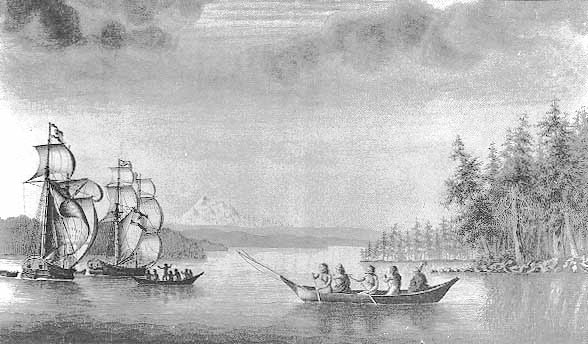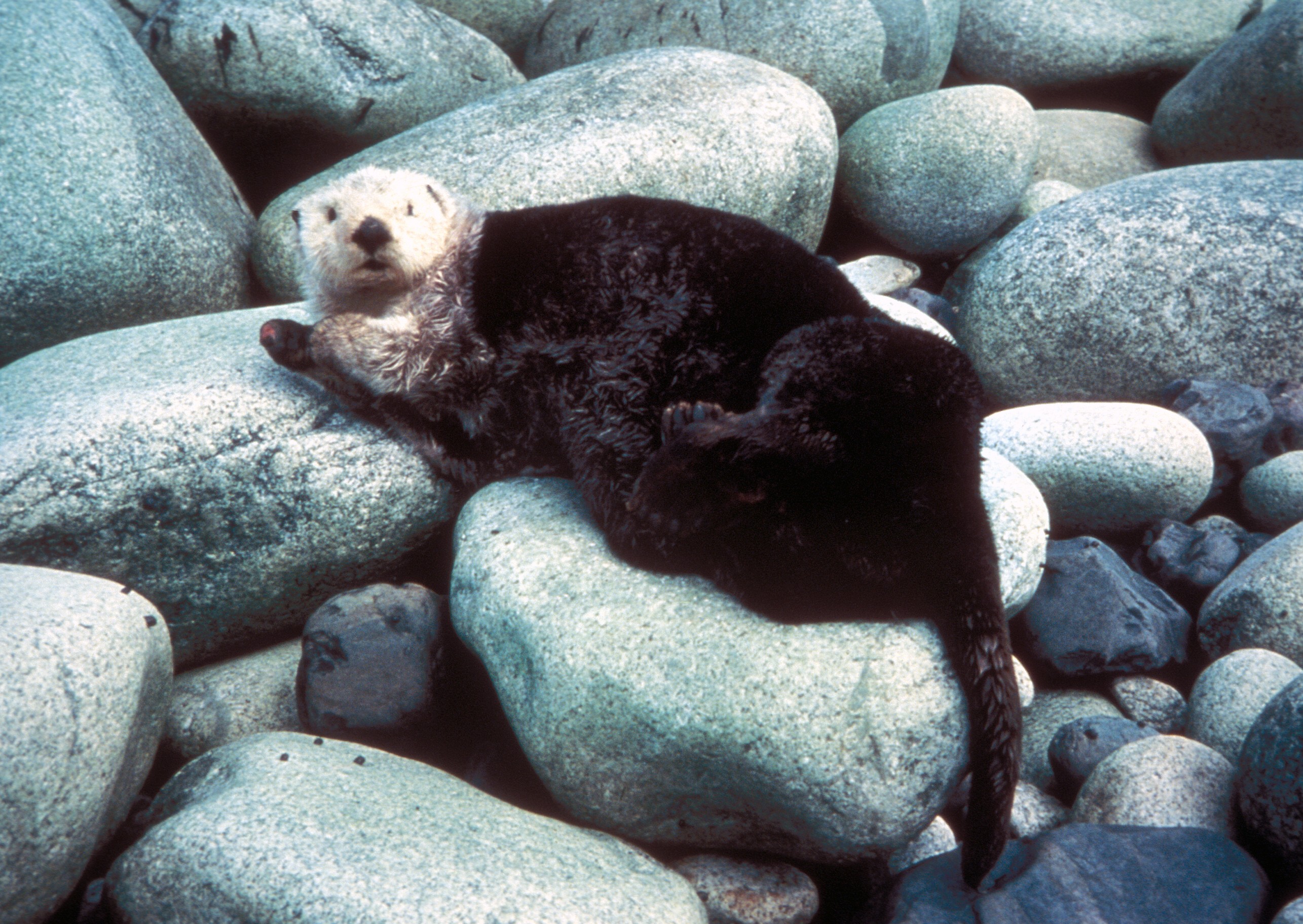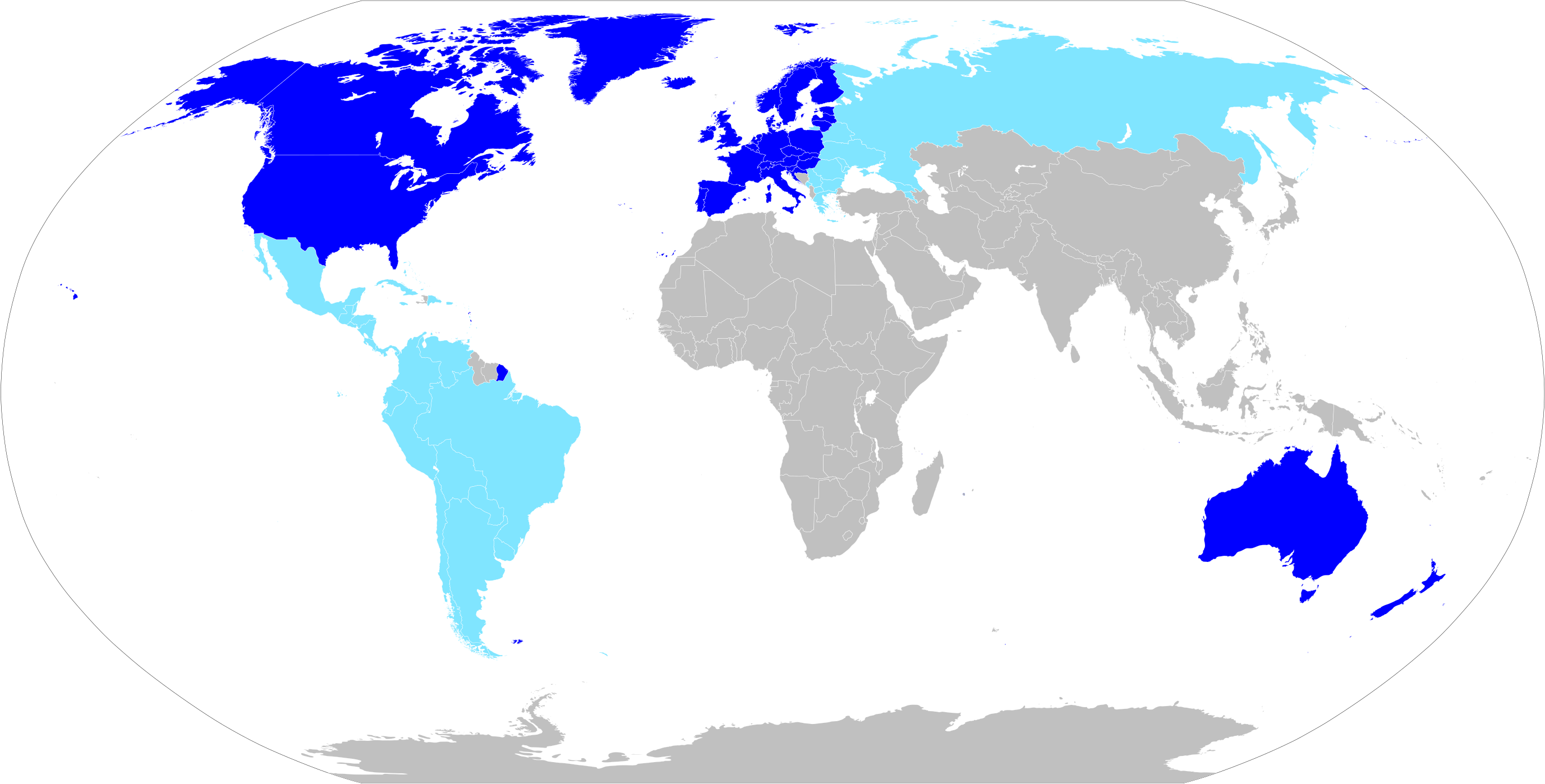|
Cape Sutil
Cape Sutil is the headland at the northernmost point of Vancouver Island, in the Canadian Province of British Columbia. Toponymy Cape Sutil was named in 1792 by Spanish explorers Dionisio Alcalá Galiano and Cayetano Valdés y Flores during their circumnavigation of Vancouver Island, done in partial cooperation with George Vancouver. The name refers to Galiano's goleta, '' Sutil''. In 1860 or 1862 George Henry Richards named the headland Cape Commerell. The name Sutil was restored by the Geographic Board of Canada in 1905 or 1906. Geography Cape Sutil is the northernmost point of Vancouver Island. It is located at the western end of Goletas Channel near Hope Island. The westernmost point of Hope Island, Mexicana Point, was named for Cayetano Valdés's vessel, '' Mexicana''. Goletas Channel was also named by Galiano and Valdés in 1792. BC Geographical Names uses a line between Cape Sutil and Cape Caution to separate Queen Charlotte Sound and Queen Charlotte Strait. History ... [...More Info...] [...Related Items...] OR: [Wikipedia] [Google] [Baidu] [Amazon] |
Cape (geography)
In geography, a cape is a headland, peninsula or promontory extending into a body of water, usually a sea. A cape usually represents a marked change in trend of the Coast, coastline, often making them important landmarks in sea navigation. This also makes them prone to natural forms of erosion, mainly tidal actions, resulting in a relatively short geological lifespan. Formation Capes can be formed by Glacier, glaciers, Volcano, volcanoes, and changes in sea level. Erosion plays a large role in each of these methods of formation. Coastal erosion by waves and currents can create capes by wearing away softer rock and leaving behind harder rock formations. Movements of the Earth's crust can uplift land, forming capes. For example, the Cape of Good Hope was formed by tectonic forces. Volcanic eruptions can create capes by depositing lava that solidifies into new landforms. Cape Verde, (also known as Cabo Verde) is an example of a volcanic cape. Glaciers can carve out capes by erod ... [...More Info...] [...Related Items...] OR: [Wikipedia] [Google] [Baidu] [Amazon] |
Mexicana (ship)
''Mexicana'' was a topsail schooner (Spanish ''goleta'') built in 1791 by the Spanish Navy at San Blas, New Spain. It was nearly identical to the '' Sutil'', also built at San Blas later in 1791. Both vessels were built for exploring the newly discovered Strait of Georgia, carried out in 1792 under Dionisio Alcalá Galiano, on the ''Sutil'', and Cayetano Valdés y Flores, on the ''Mexicana''. During this voyage the two Spanish vessels encountered the two British vessels under George Vancouver, and '' Chatham'', which were also engaged in exploring the Strait of Georgia. The two expeditions cooperated in surveying the complex channels between the Strait of Georgia and Queen Charlotte Strait, in the process proving the insularity of Vancouver Island. After this first voyage the ''Mexicana'' continued to serve the San Blas Naval Department, making various voyages to Alta California and the Pacific Northwest coast. Construction To meet the need for additional ships following the 17 ... [...More Info...] [...Related Items...] OR: [Wikipedia] [Google] [Baidu] [Amazon] |
Sea Otter
The sea otter (''Enhydra lutris'') is a marine mammal native to the coasts of the northern and eastern Pacific Ocean, North Pacific Ocean. Adult sea otters typically weigh between , making them the heaviest members of the Mustelidae, weasel family, but among the smallest marine mammals. Unlike most marine mammals, the sea otter's primary form of insulation is an exceptionally thick coat of fur, the densest in the animal kingdom. Although it can walk on land, the sea otter is capable of living exclusively in the ocean. The sea otter inhabits nearshore environments, where it dives to the sea floor to Foraging, forage. It preys mostly on marine Invertebrate, invertebrates such as sea urchins, various mollusks and crustaceans, and some species of fish. Its foraging and eating habits are noteworthy in several respects. Its Tool use by sea otters, use of rocks to dislodge prey and to open shells makes it one of the few mammal species to use tools. In most of ... [...More Info...] [...Related Items...] OR: [Wikipedia] [Google] [Baidu] [Amazon] |
Americans
Americans are the Citizenship of the United States, citizens and United States nationality law, nationals of the United States, United States of America.; ; Law of the United States, U.S. federal law does not equate nationality with Race (human categorization), race or ethnicity but rather with citizenship.* * * * * * * The U.S. has 37 American ancestries, ancestry groups with more than one million individuals. White Americans form the largest race (human classification), racial and ethnic group at 61.6% of the U.S. population, with Non-Hispanic whites, non-Hispanic Whites making up 57.8% of the population. Hispanic and Latino Americans form the second-largest group and are 18.7% of the American population. African Americans, Black Americans constitute the country's third-largest ancestry group and are 12.4% of the total U.S. population. Asian Americans are the country's fourth-largest group, composing 6% of the American population. The country's 3.7 million Native Americans i ... [...More Info...] [...Related Items...] OR: [Wikipedia] [Google] [Baidu] [Amazon] |
British People
British people or Britons, also known colloquially as Brits, are the citizens of the United Kingdom, the British Overseas Territories, and the Crown dependencies.: British nationality law governs modern British citizenship and nationality, which can be acquired, for instance, by descent from British nationals. When used in a historical context, "British" or "Britons" can refer to the Ancient Britons, the Celtic languages, Celtic-speaking inhabitants of Great Britain during the British Iron Age, Iron Age, whose descendants formed the major part of the modern Welsh people, Cornish people, Bretons and considerable proportions of English people. It also refers to those British subjects born in parts of the former British Empire that are now independent countries who settled in the United Kingdom prior to 1973. Though early assertions of being British date from the Late Middle Ages, the Union of the Crowns in 1603 and the creation of the Kingdom of Great Britain in 1707 triggered ... [...More Info...] [...Related Items...] OR: [Wikipedia] [Google] [Baidu] [Amazon] |
Pacific Northwest
The Pacific Northwest (PNW; ) is a geographic region in Western North America bounded by its coastal waters of the Pacific Ocean to the west and, loosely, by the Rocky Mountains to the east. Though no official boundary exists, the most common conception includes the U.S. states of Oregon, Washington (state), Washington, Idaho, and the Canadian province of British Columbia. Some broader conceptions reach north into Alaska and Yukon, south into Northern California, and east into western Montana. Other conceptions may be limited to the coastal areas west of the Cascade Mountains, Cascade and Coast Mountains, Coast mountains. The Northwest Coast is the coastal region of the Pacific Northwest, and the Northwest Plateau (also commonly known as "British Columbia Interior, the Interior" in British Columbia), is the inland region. The term "Pacific Northwest" should not be confused with the Northwest Territory (also known as the Great Northwest, a historical term in the United States) ... [...More Info...] [...Related Items...] OR: [Wikipedia] [Google] [Baidu] [Amazon] |
Western World
The Western world, also known as the West, primarily refers to various nations and state (polity), states in Western Europe, Northern America, and Australasia; with some debate as to whether those in Eastern Europe and Latin America also constitute the West. The Western world likewise is called the Occident () in contrast to the Eastern world known as the Orient (). Definitions of the "Western world" vary according to context and perspectives; the West is an evolving concept made up of cultural, political, and economic synergy among diverse groups of people, and not a rigid region with fixed borders and members. Some historians contend that a linear development of the West can be traced from Greco-Roman world, Ancient Greece and Rome, while others argue that such a projection constructs a false genealogy. A geographical concept of the West started to take shape in the 4th century CE when Constantine the Great, Constantine, the first Christian Roman emperor, divided the Roman Em ... [...More Info...] [...Related Items...] OR: [Wikipedia] [Google] [Baidu] [Amazon] |
Tlatlasikwala Nation
The Tlatlasikwala Nation is a First Nations band government based on northern Vancouver Island in British Columbia, Canada, focused on the community of Port Hardy, British Columbia in the Queen Charlotte Strait region. It is a member of the Kwakiutl District Council and, for treaty negotiation purposes, the Winalagalis Treaty Group which includes three other members of the Kwakiutl District Council (the Quatsino First Nation, the Da'naxda'xw Awaetlatla Nation, and the Gwa'Sala-'Nakwaxda'xw Nation. See also *Port Hardy, British Columbia Port Hardy is a district municipality in British Columbia, Canada located on the north-east tip of Vancouver Island. Port Hardy has a population of 3,902 as of the 2021 census. It is the gateway to Cape Scott Provincial Park, the North Coast Tr ... * Kwakwaka'wakw * Kwak'wala (language) External links * Kwakwaka'wakw governments Central Coast of British Columbia {{First Nations on Vancouver Island ... [...More Info...] [...Related Items...] OR: [Wikipedia] [Google] [Baidu] [Amazon] |
Indian Reserve
In Canada, an Indian reserve () or First Nations reserve () is defined by the '' Indian Act'' as a "tract of land, the legal title to which is vested in Her Majesty, that has been set apart by Her Majesty for the use and benefit of a band." Reserves are areas set aside for First Nations, one of the major groupings of Indigenous peoples in Canada, after a contract with the Canadian state ("the Crown"), and are not to be confused with Indigenous peoples' claims to ancestral lands under Aboriginal title. Demographics Canada has designated 3,394 reserves for over 600 First Nations, as per the federal publication "Registered Indian Population by Sex and Residence, Indian Status is granted to members of a registered band who are eligible to live on these reserves. By 2020, reserves provided shelter for approximately half of these band members. Many reserves have no resident population; typically they are small, remote, non-contiguous pieces of land, a fact which has led ma ... [...More Info...] [...Related Items...] OR: [Wikipedia] [Google] [Baidu] [Amazon] |
First Nations In Canada
''First Nations'' () is a term used to identify Indigenous peoples in Canada who are neither Inuit nor Métis. Traditionally, First Nations in Canada were peoples who lived south of the tree line, and mainly south of the Arctic Circle. There are 634 recognized List of First Nations band governments, First Nations governments or bands across Canada. Roughly half are located in the provinces of Ontario and British Columbia. Under Canadian Charter of Rights and Freedoms, Charter jurisprudence, First Nations are a "designated group", along with women, Visible minority, visible minorities, and people with physical or mental disabilities. First Nations are not defined as a visible minority by the criteria of Statistics Canada. North American indigenous peoples have cultures spanning thousands of years. Many of their oral traditions accurately describe historical events, such as the 1700 Cascadia earthquake, Cascadia earthquake of 1700 and the 18th-century Tseax Cone eruption. Writ ... [...More Info...] [...Related Items...] OR: [Wikipedia] [Google] [Baidu] [Amazon] |
Kwakwakaʼwakw
The Kwakwa̱ka̱ʼwakw (), also known as the Kwakiutl (; "Kwakʼwala-speaking peoples"), are an indigenous peoples of the Pacific Northwest Coast, indigenous group of the Pacific Northwest Coast, in southwestern Canada. Their total population, according to a 2016 census, was 3,665 people. Most live in their traditional territories on northern Vancouver Island, as well as nearby smaller islands (such as the Discovery Islands) and inland on the adjacent British Columbia mainland. Some also live outside their traditional homelands, in urban areas such as Victoria, British Columbia, Victoria and Vancouver. They are politically-organized into 13 band governments. The Kwakwaka'wakw language, now spoken by only 3.1% of the population, consists of four dialects of what is commonly referred to as Kwakʼwala, known as Kwakʼwala, Kwak̓wala, 'Nak̓wala, G̱uc̓ala and Tlatlasikwala Nation, T̓łat̓łasik̓wala. Name The name ''Kwakiutl'' derives from ''Kwaguʼł''—the name of a sin ... [...More Info...] [...Related Items...] OR: [Wikipedia] [Google] [Baidu] [Amazon] |



